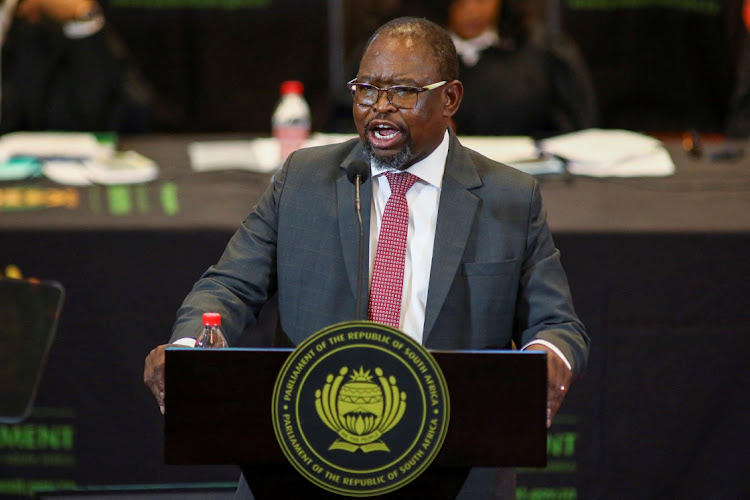Medium-term budget kicks can down road

Hope is all well and good, but effective delivery is what counts
The medium-term budget policy statement (MTBPS) presented what I characterise as doing what you can in a constrained environment, and certainly it’s neither an upbeat nor a catastrophic set of numbers and proposals.
It still offers hope for reforms that can underpin economic growth, but if hope takes too long to deliver tangible improvements it can turn into excruciating despair.
The macroeconomic assumptions are realistic, and closer to consensus. But the detail leaves some questions. If one looks at the reduction in real government consumption of 2.2% that was projected at the February budget, that has been fully reversed to an expansion of 0.6%, and rather postponed to a 3.2% contraction in real government spending in 2024.
Given the upcoming elections, which are likely to be in May, it is plausible that the reduction in real government spending will only occur in the second half of 2024. This implies that the cuts will need to be double what was tabled in the MTBPS.
How would the Treasury achieve such cuts if it failed to implement them this year as the budget had earmarked? I hope I can be forgiven my scepticism. We view this as a lack of ability instead of lack of commitment to containing spending.
The second question concerning the details of the National Treasury’s forecasts relates to gross fixed capital formation, which has been bumped up to 6.2% in 2023, from a budget estimate of 1.3%. It is forecast to remain close to budget at 3.6% (from 3.8%) in 2024, and rise again to 4.6% (from 3.5%) in 2025.
However, business confidence remains at crisis level, too low for private sector investment to accelerate at that pace. And the government’s ability to increase fixed investment is limited by the need to consolidate, which historically has happened in the capex budget.
Hope remains alive from several announcements. First, the reorganisation of the government and the potential amalgamation of related departments. Second, the potential closure of nonproductive state-owned enterprises and the ending of government programmes that are not critical.
Third, a support vehicle for electric vehicle production that can tap into the green revolution out of Europe and elsewhere. Fourth, a programme to attract capital into large infrastructure investment.
The last one might be the one that can move the dial if it is tangible and credible. But all of these are still plans and not concrete proposals under implementation. As we have seen in the past decade, the government is not short of plans — it’s the implementation, boots on the ground, the bricks and mortar, that remain absent despite paper-perfect plans.
This is where the test will reside, yet again.
Perhaps the most important aspect that holds the key to the credibility of this MTBPS is the debt trajectory. The Treasury sees the debt ratio peaking at 78% of GDP before stabilising. There are reasons to be doubtful, because this depends on the ability to cut spending, raise new revenues and implement reforms that lift economic growth. But, in all three, there is reason to assume only partial success in implementation, so fiscal sustainability is not assured.
Overall, the MTBPS is a muddle-through that seems to be waiting for lucky external tailwinds to bail the government out of its bid to avoid making hard decisions. But Chinese economic growth and a commodities boost is unlikely to come to the rescue.
Broader growth from other trading markets is also unlikely to materialise, with a weak growth prognosis due to higher-for-longer interest rates.
Decisions on government reforms, investment incentives and the future of the social relief of distress grant beyond 2025, as well as its funding mechanism, are all yet to be provided, so we must wait for the February 2024 budget for clarity on the medium- to long-term implications.
Meanwhile, we live in hope that they will come through. If they don’t this hope might turn into despair.
